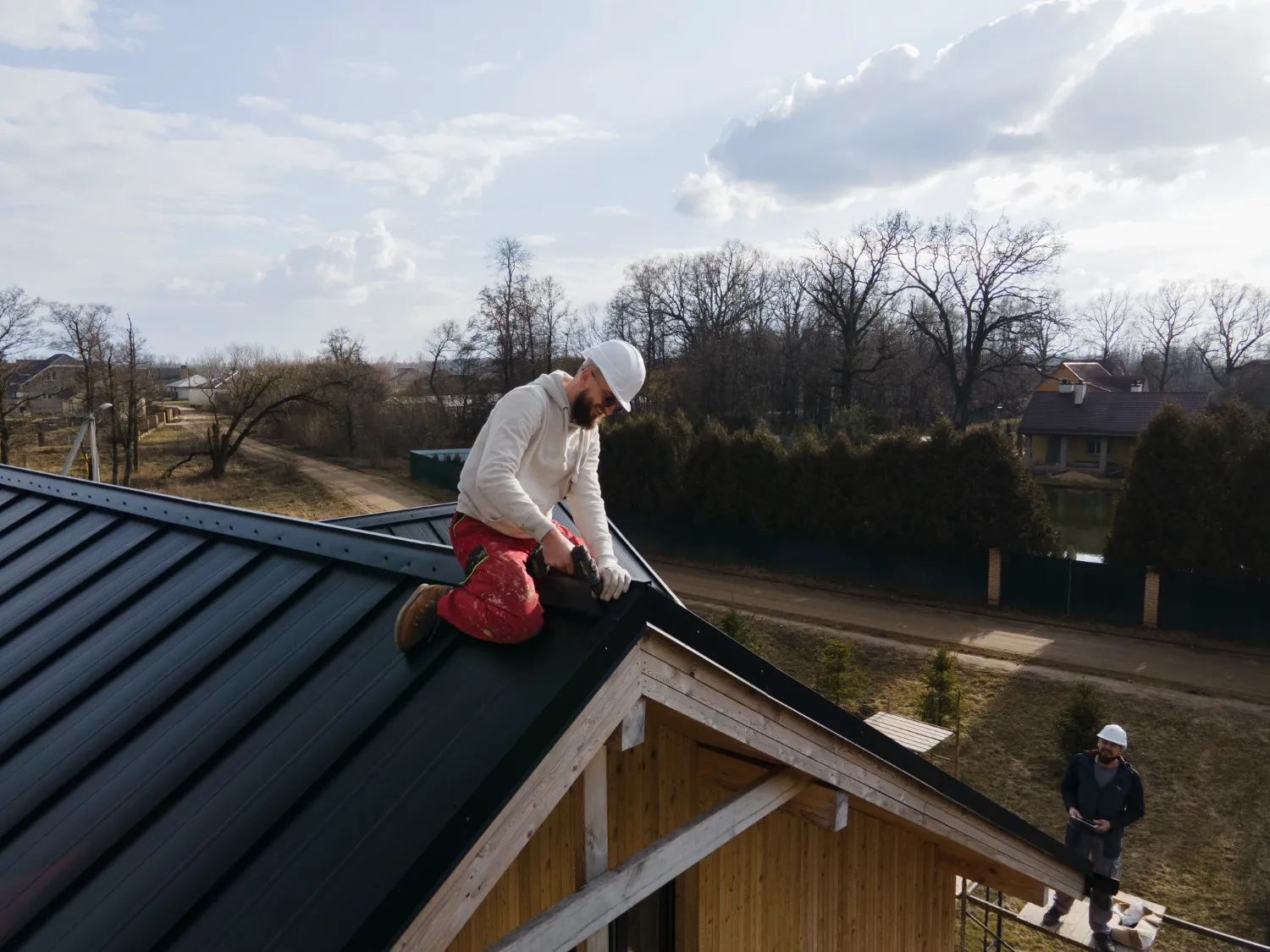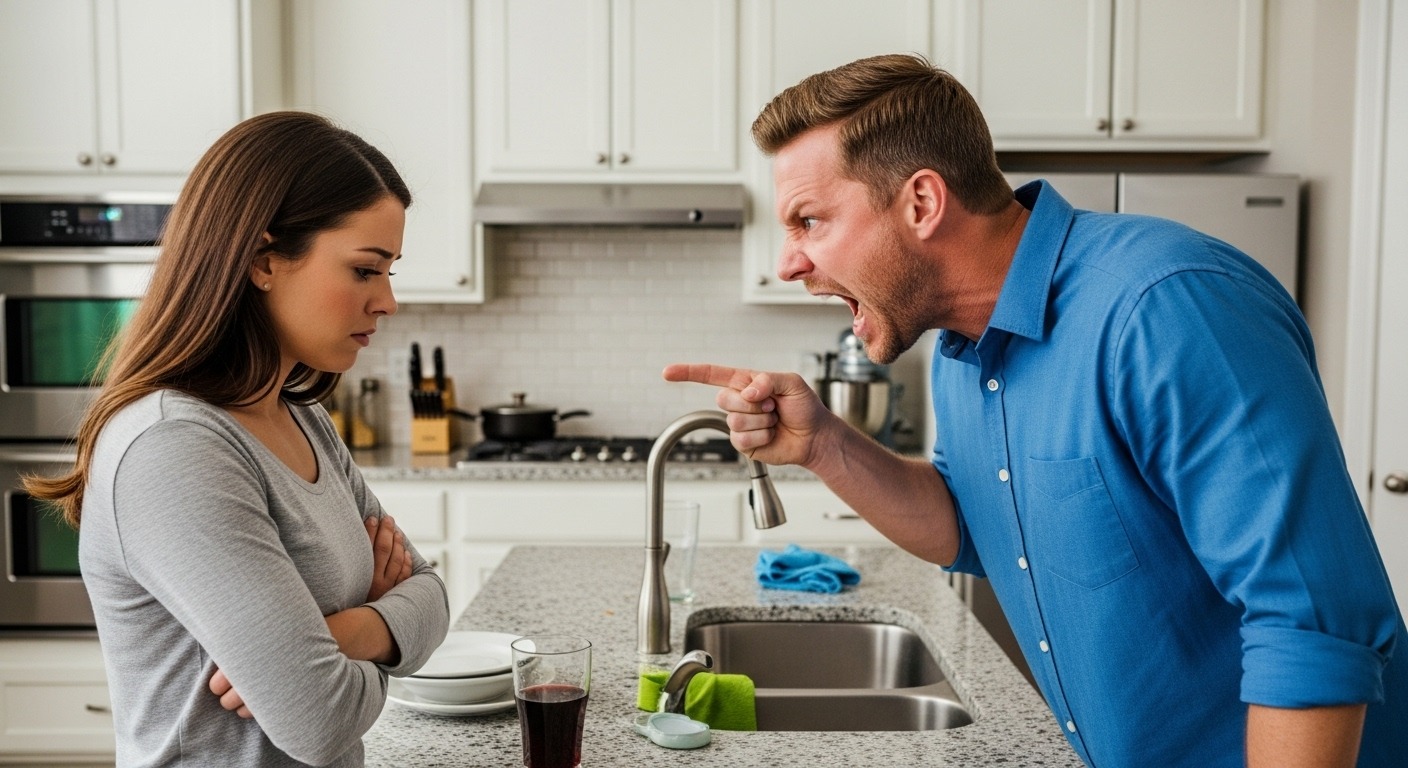Table of Contents
Shingle Damage
One of the most apparent signs that you might need a new roof is the condition of your shingles. Missing, cracked, or curling shingles indicate that your roof is nearing the end of its lifespan. Regular maintenance by a professional roofing company can help you catch early signs of shingle damage before it becomes a bigger issue. Inspecting your roof frequently, especially after severe weather events, can save you from costly repairs.
Shingle granules can also be a telltale sign of roof wear. If you see a lot of granules in your gutters, it may be a sign that your roof needs maintenance because it is getting older. These granules are crucial for protecting shingles from the sun’s harmful UV rays, and their absence can accelerate the deterioration of your roof.
Water Damage
Water stains or leaks inside your home are classic signs of a compromised roof. Water has a sneaky way of seeping through tiny vulnerabilities and causing extensive damage over time. Addressing leaks promptly can save you from replacing structural elements in your home. It’s important to routinely check your roof after heavy rainfalls to ensure no new leaks have developed.
Be sure to inspect your ceilings and walls for discoloration regularly, and consider consulting roofing experts like those discussed by the Environmental Protection Agency for more insights on handling water damage efficiently. Mold growth is another red flag of water damage, posing health risks if not addressed quickly.
Sagging Roof
A sagging roof clearly indicates structural issues, suggesting potential damage to the decking beneath. This can be the result of extended exposure to moisture or an excessive weight buildup from ice or snow. Immediate attention is required to avoid further damage or potential roof collapse.
Early detection of sagging areas can prevent more significant structural failures. Inspections on a regular basis can find these issues before they become serious issues. If sagging is detected, it’s vital to consult a roofing specialist to assess the extent of the damage and explore repair or replacement options.
Also Read: A Greener Bathroom: The Benefits of Energy Efficiency
Light in the Attic
Inspecting your attic during daylight is a straightforward method to evaluate your roof’s condition. If you notice light beams coming through the roof boards, your roof’s integrity has been compromised. These gaps allow light to enter and pave ways for water and airborne debris during storms.
Addressing these gaps promptly prevents water intrusion and helps maintain your home’s energy efficiency by reducing unwanted airflow. For a draft-free and energy-efficient home, ensure that any found breaches are sealed properly.
Age of the Roof
The age of your roof is one of the most crucial considerations when determining when to replace it. Depending on the materials used, most roofs typically last between 20 to 25 years. If your roof is approaching this age, it might be time to start planning for a new one. Estimating the roof’s remaining life requires knowing its age and kind of material.
Keep in mind that more recent roofing materials have better efficiency and durability, which could mean your new roof will last longer. A roof’s lifespan can be exceeded by reasonable expectations with regular maintenance and conscientious homeowners.




